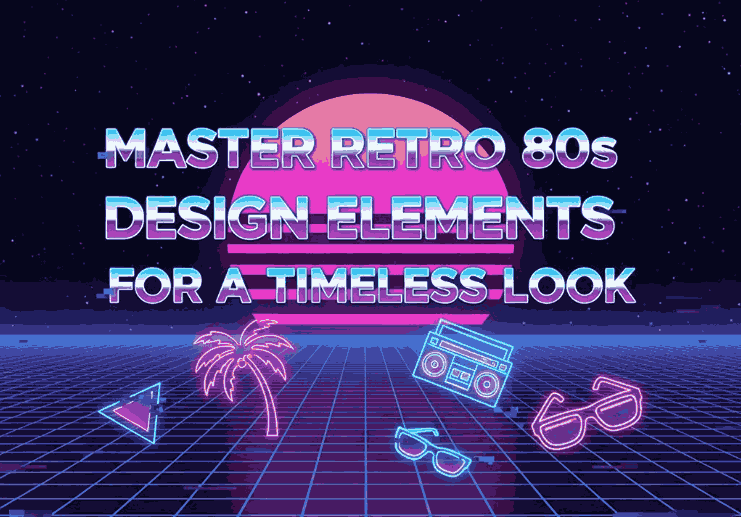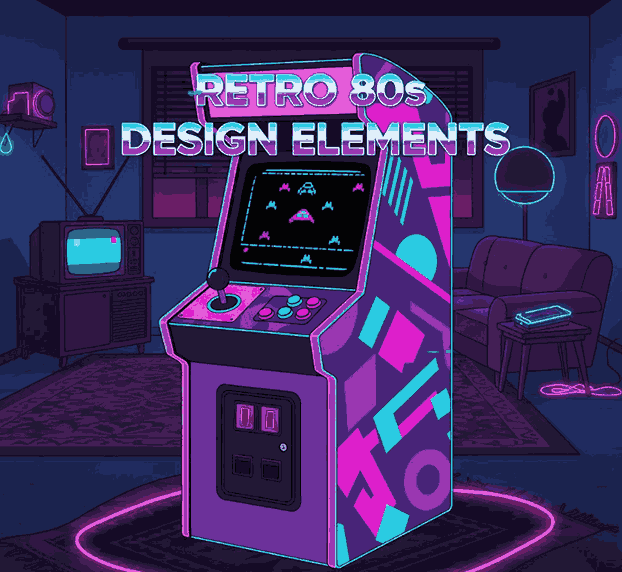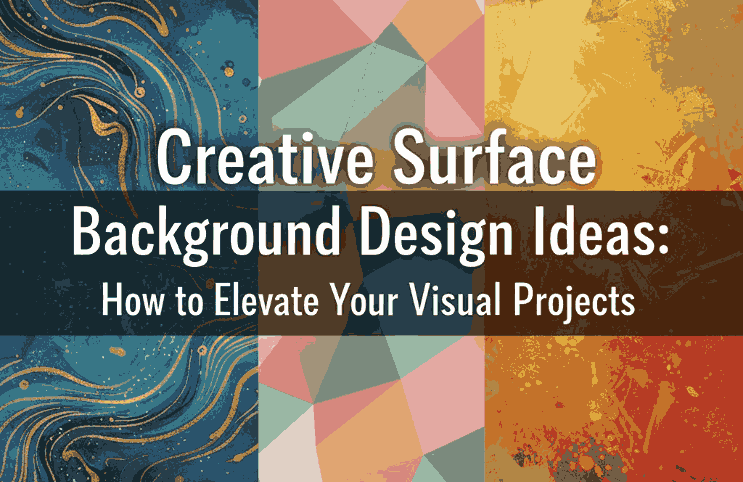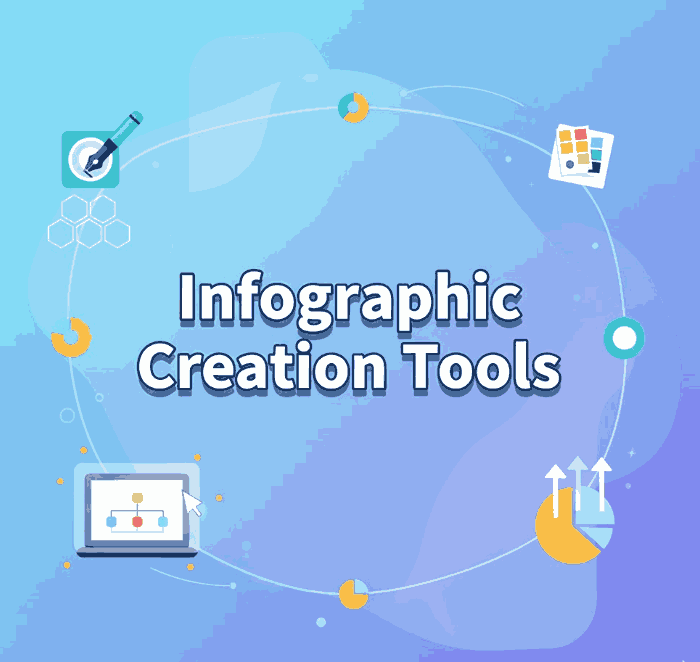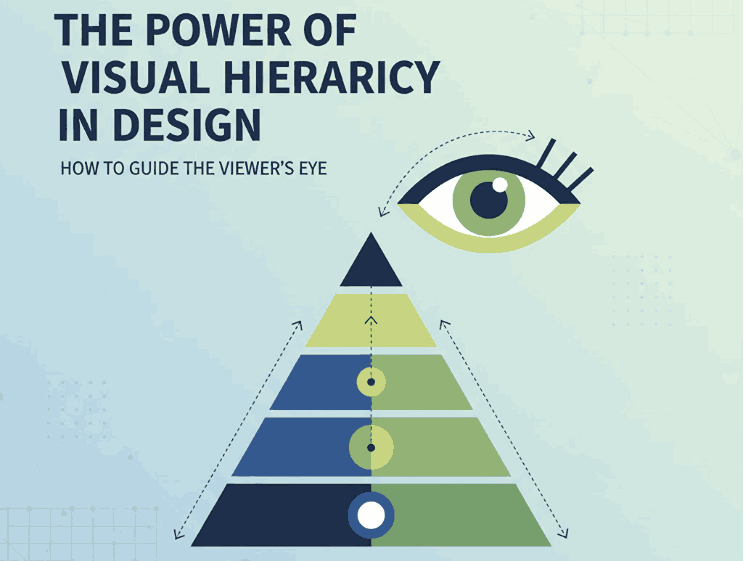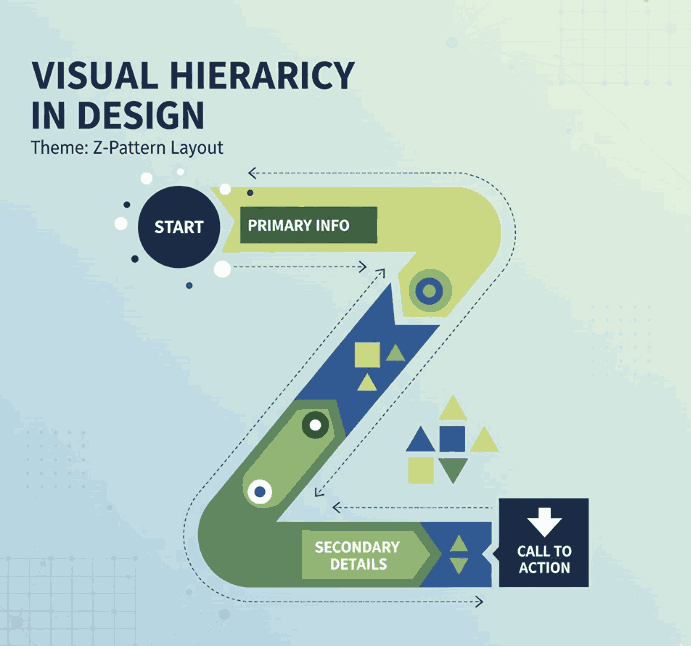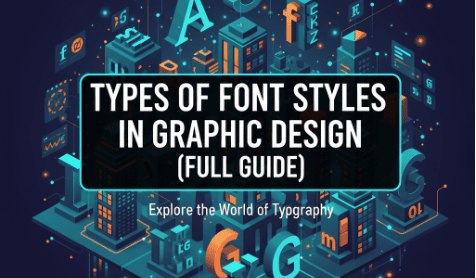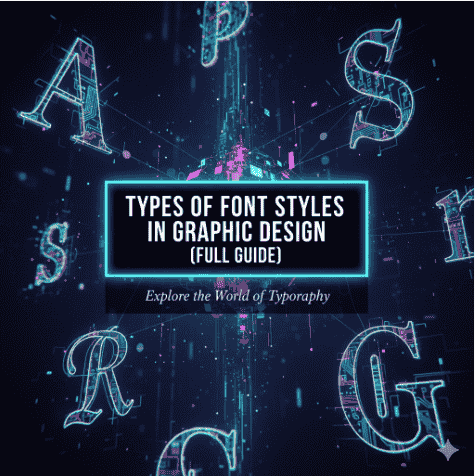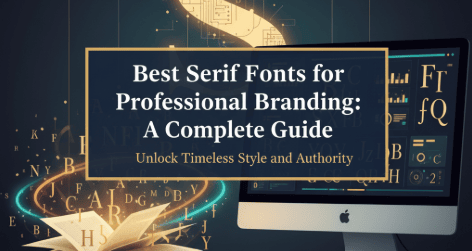
Table of Contents
- Introduction
- What Are Graphic Design Specializations?
- Why Specialization Matters in Today’s Creative Industry
- 10 Most Common Graphic Design Specializations
- 4.1 Branding & Visual Identity
- 4.2 Logo Design
- 4.3 UI/UX & Digital Product Design
- 4.4 Web Design
- 4.5 Illustration & Character Design
- 4.6 Motion Graphics
- 4.7 Advertising & Marketing Design
- 4.8 Packaging Design
- 4.9 Editorial & Publication Design
- 4.10 Environmental & Spatial Design
- Recommended Fonts from CalligraphyFonts.net
- Final Thoughts
- References
1. Introduction Graphic Design Specializations
Graphic Design Specializations has evolved into a diverse and dynamic industry, offering countless opportunities for creatives with different skill sets. Whether you enjoy bold visual communication, digital interfaces, brand storytelling, or packaging aesthetics, there is a specialization tailored for your strengths.
In this article, we explore the most common graphic design, their roles, and how they shape modern design projects. If you want to choose a niche or strengthen your career direction, this guide will help you understand where your skills fit best.

2. What Are Graphic Design Specializations?
Graphic design refer to specific categories or branches within the field of design. Each specialization focuses on a unique creative function—such as branding, illustration, UI/UX, or packaging—and requires a particular set of skills, tools, and visual approaches.
Specialization helps designers stand out, offer deeper expertise, and create more impactful work.
3. Why Graphic Design Specializations Matters in Today’s Creative Industry
Today’s digital landscape demands designers who are not only creative but also highly skilled in a specific area. Companies and clients look for specialists who understand niches deeply—whether it’s user interface design, brand identity creation, or motion graphics.
Key benefits of Specializations:
- Higher expertise and credibility
- Clearer portfolio direction
- Better positioning for high-value projects
- Easier personal branding as a designer
- Efficient workflow through mastery of tools and methods
4. 10 Most Common Graphic Design Specializations
4.1 Branding & Visual Identity
This specialization focuses on shaping how a brand is perceived. Designers create visual systems including logos, typography, color palettes, and brand guidelines.
Key Responsibilities:
- Brand identity creation
- Visual consistency across platforms
- Mood boards & concept development
4.2 Logo Graphic
Logo designers concentrate on symbols, marks, and icons that represent a brand. They understand shape psychology, simplicity, and timeless visual communication.
Skills Needed:
- Typography mastery
- Symbolism & visual meaning
- Minimalist composition
4.3 UI/UX & Digital Product Graphic Design Specializations
This specialization improves digital experiences on apps, websites, dashboards, or software.
UI/UX designers focus on:
- User-centered design
- Interactive layouts
- Digital prototypes
- Information architecture
4.4 Web Graphic Design Specializations
Web designers create visually appealing and functional website layouts. They work with grids, responsive design, typography, and visual hierarchy.
Tasks Include:
- Homepage layout
- Landing page design
- WordPress design
- Visual mockups
4.5 Illustration & Character
Illustrators create custom artwork used in books, branding, packaging, social media, and motion design.
Applications:
- Children’s books
- Mascots
- Brand illustrations
- Animated characters
4.6 Motion Graphic Design Specializations
Motion designers create moving visuals for marketing videos, explainer animations, intros, and digital ads.
Key Tools: After Effects, Blender, Cinema4D.
4.7 Advertising & Marketing Graphic Design Specializations
Designers in this field create visuals that persuade or promote products and services.
Examples:
- Posters
- Billboards
- Social media ads
- Product campaigns
4.8 Packaging Design
Packaging designers combine layout, structure, branding, and consumer psychology to create physical product packaging.
Common Works:
- Food packaging
- Cosmetic boxes
- Bottle labels
- Retail products
4.9 Editorial & Publication
This specialization focuses on magazines, books, brochures, and layout-heavy documents.
Tools: Adobe InDesign, Affinity Publisher.
4.10 Environmental & Spatial
This field involves creating graphics for physical spaces.
Examples:
- Wayfinding systems
- Exhibition design
- Storefront graphics
- Wall murals

5. Recommended Fonts from CalligraphyFonts.net
To enhance the visual examples in your article, here are curated fonts from your website that fit the topic:
1. Overcame Font
A modern sans serif ideal for branding, UI design, and visual identity samples.
2. Faint Green Font
Perfect for editorial and publication design due to its clean and readable structure.
3. Pictorial Style Font
A creative, expressive font suitable for illustration and artistic design samples.
4. Monoscreen Modern Font
A futuristic display font, great for UI/UX or tech-related graphics.
6. Final Thoughts Graphic Design Specializations
Graphic design is a vast field, and understanding its many specializations can help designers build a strong, focused career. Whether you prefer the strategic nature of branding, the precision of UI/UX, or the creativity of illustration, there is a niche that fits your passion.
By mastering one or two specializations—and using high-quality fonts such as those available on CalligraphyFonts.net—designers can elevate their portfolio and attract better clients.
7. References
- Interaction Design Foundation – What is UI/UX Design?
- Din Studio – The 8 Most Common Types of Graphic Design
- Number Analytics – Mastering Graphic Design Specializations

